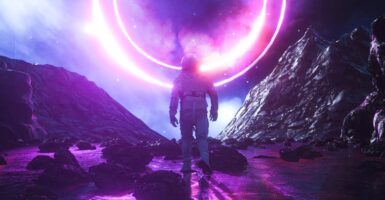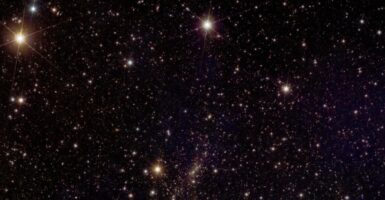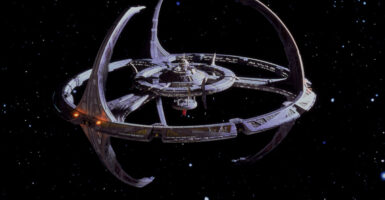50,000 Galaxies Caught In Stunning New Deep Space Image
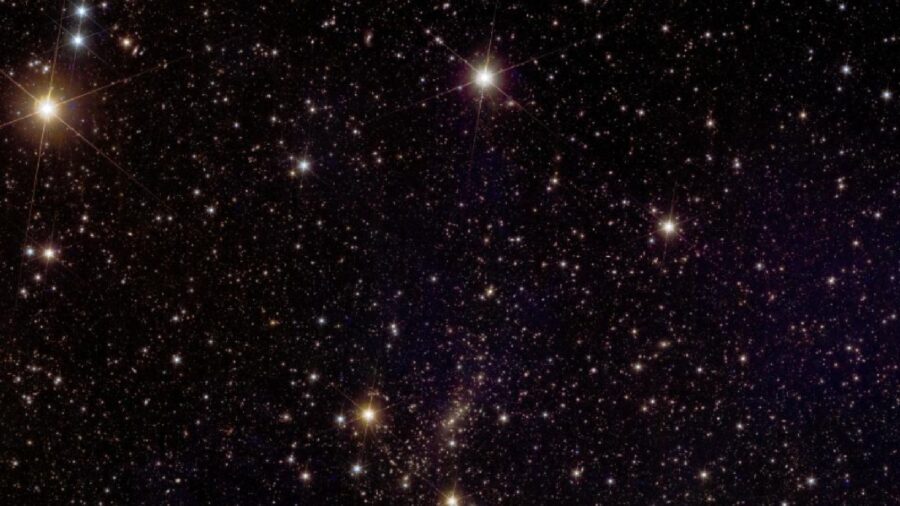
According to a recent report published in The Guardian, the Euclid telescope has spotted thousands of planets floating in distant galaxies throughout the ever expanding vacuum of space. These planets were mostly seen hanging in the distant reaches of a giant galaxy cluster called Abell 2390, after a team of astronomers aimed the Euclid into the farthest reaches of the Milky Way galaxy. Others, located in the Orion Nebula, are over 1,500 light years away from the surface of our little blue marble, making this massive discovery quite exciting for scientists studying the distant regions of our known universe.
The Image
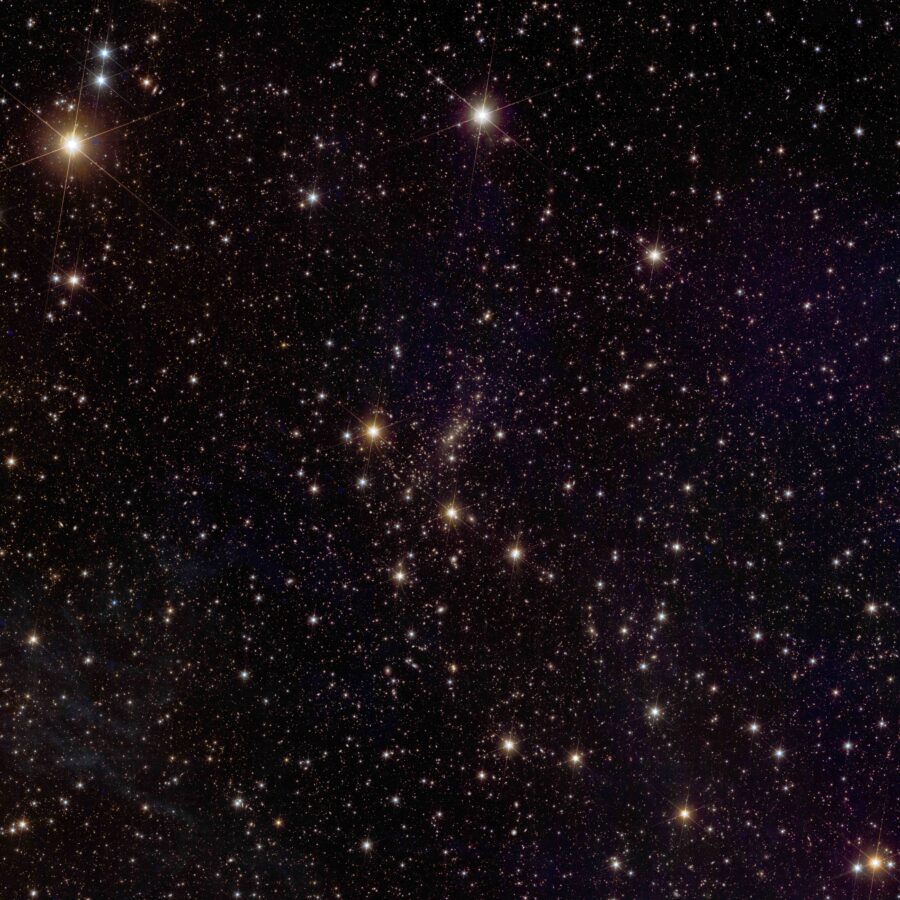
The discovery of these free-floating galaxies began when the European Space Agency sought to create a 3-dimensional map of the Milky Way galaxy last July. Apparently the ESA utilized millions of dollars to fund this exciting project, and aimed the Euclid space telescope at a number of distant corners of the Milky Way, to attain detailed photographs of our galaxy’s farthest borders.
The Euclid is a wide-angle machine with a 600-megapixel lens, capable of recording light refractions from across the visible spectrum, with near-infrared capability.
Very Old Galaxies
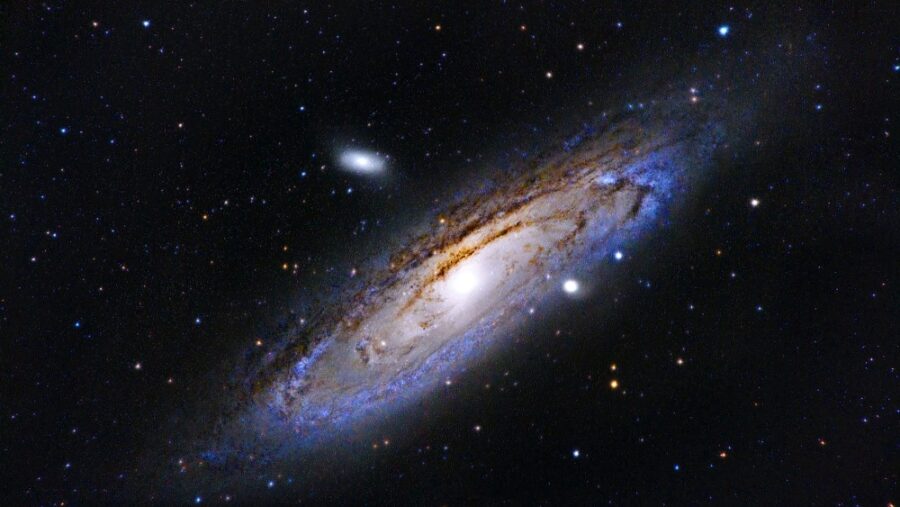
The result of this Euclid redirection led astronomers at the ESA observatory to hone in on an unexpected discovery, in the form of a shocking new image detailing the massive Orion Nebula and Abell 2390 cluster.
The photographs are some of the clearest and most mesmerizing images of this kind, delivering a flurry of information about foreign galaxies to researchers here on Earth. After only 24 hours of peering through the telescope at this angle, astronomers were able to locate over 11 million visible objects, with another 5 million only detectable via infrared imaging.
Some of these newly discovered galaxies reportedly have origins from within the first billion years following the Big Bang, meaning scientists could use these new images to gain a better understanding of the formation of the universe.
The crystal clear resolution of the images is also a major contributing factor to this discovery, as the Euclid space telescope‘s incredible view has allowed for a more thorough study than ever before.
Pure Dark Matter
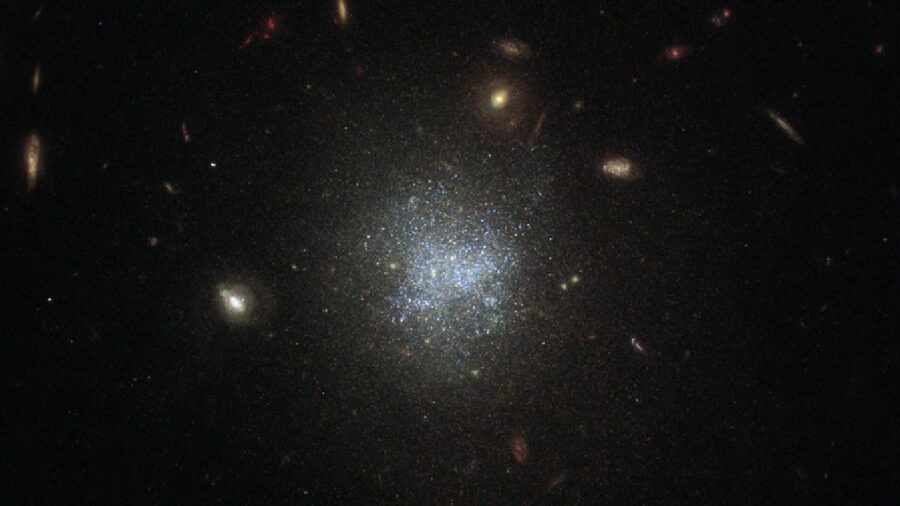
According to the telescope’s data, the Abell 2390 cluster houses more than 50,000 galaxies with Milky Way-like configurations, accounting for an unprecedented mass. The estimated mass of the combined cluster clocks in at over 10 trillion times the mass of our yellow sun, which is mind-shatteringly heavy.
Based on our current projections, scientists believe that the galaxies within this, and other similar clusters, are orbiting inside a circle of pure dark matter, which would explain their incredible density.
Christopher Conselice
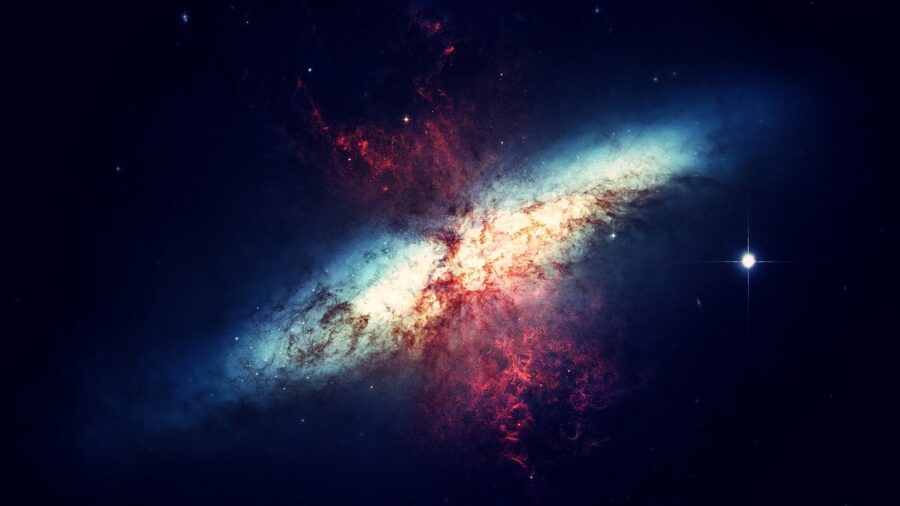
For now, there’s still a great deal left to discover regarding the origins and chemical makeup of these foreign galaxies.
One researcher who headed the project, Christopher Conselice, detailed his desire to hone in on particular planets using the Euclid telescope’s incredible capabilities, in order to study each of the foreign lands carefully.
A Plethora Of Planets
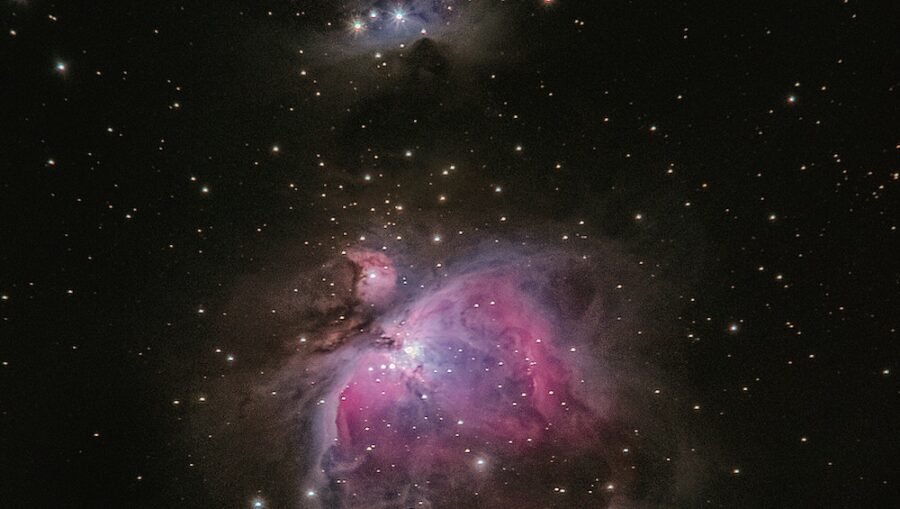
These discoveries have only just begun according to Conselice, who reiterated his desire to parse through the fine details while speaking to The Guardian.
The astronomer concluded “The fact that we’ve taken a few observations and seen these planets means that if we go deeper and look over larger areas, which we will, we’ll see a plethora of planets and learn a lot more about planet formation.”
Source: The Guardian
